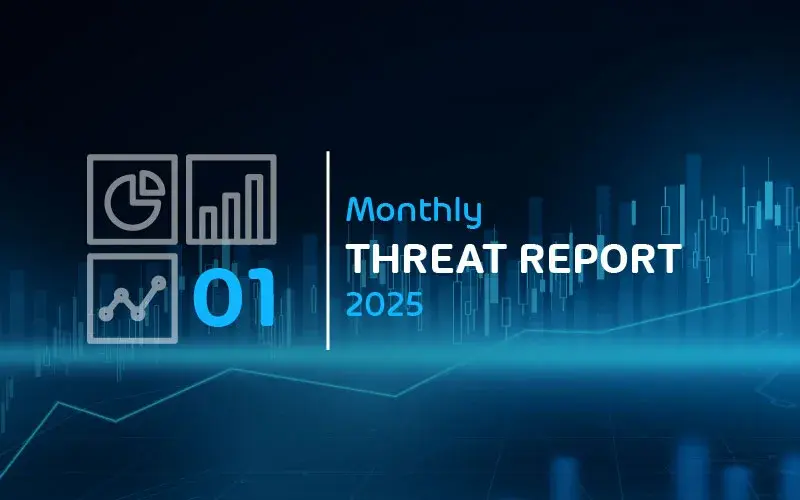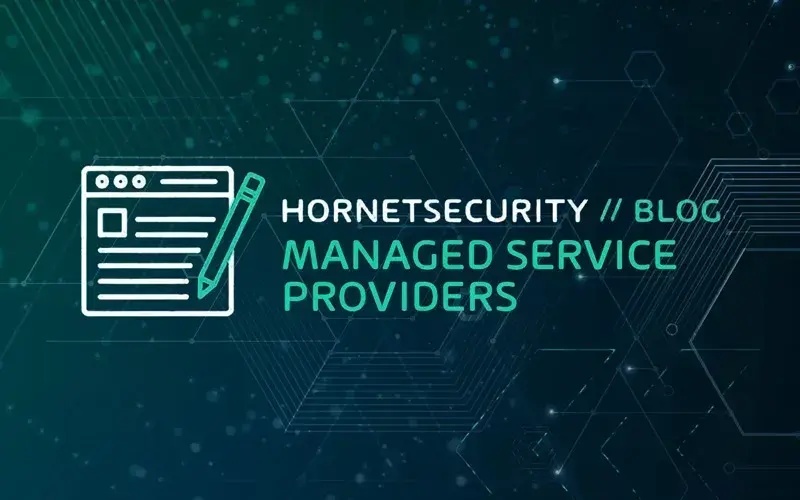The Value of a Single Third-Party Vendor Strategy for M365 Security
Paul Schnackenburg
—September 24, 2024
—1 min read

Cybersecurity is an interesting space to be in, because it’s changing so fast. This, combined with the serious risk criminals pose to businesses worldwide leads to fast innovation, with cyber security start-ups springing up, offering solutions to specific problems.
For quite some time, this meant that businesses and CISO / CIOs looked for the “best” solution for each particular cyber security problem (and there are a lot of them). This worked for some organizations with deep enough pockets to operationalize each of these disparate solutions, but it also led to the famous quip – CIO doesn’t mean “Chief Information Officer”, it’s “Chief Integration Officer”. But attackers are like a water leak, they find any crack and move with ease between systems.
The current trend in cyber defense is thus not to deploy specific solutions for each gate of the castle that needs defending, and then try to cobble them together in the backend as one integrated defensive system, using Security Orchestration Automation and Response (SOAR) tools. Instead, you buy an already integrated system from a single vendor, improving your overall cyber defense, because defenders don’t have to jump between screens, manually correlating alerts in one system, with further alerts in other siloed systems.
In this article we’ll look at the value of this approach, in the context of our solution – Microsoft 365 Total Protection. Microsoft 365 is the business world’s most popular collaboration suite, with many, many components suitable for any size organization. The core workloads are email through Exchange Online, collaboration in Teams and SharePoint Online, backed by identities in Entra ID.




